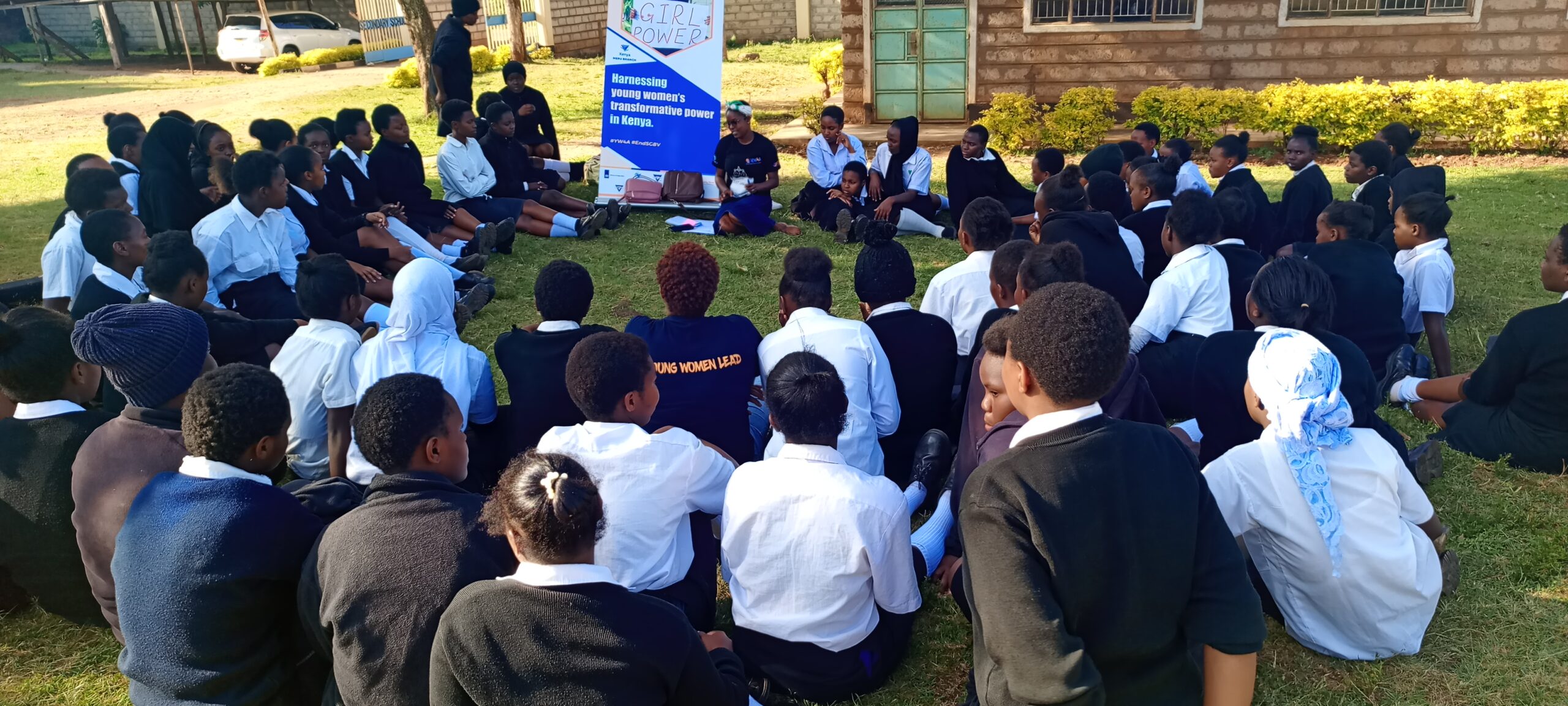Barriers to SRHR Services
Persons with disabilities continue to face multiple challenges in accessing sexual and reproductive health services. Physical barriers, such as inaccessible healthcare facilities, prevent those using wheelchairs or crutches from receiving proper care. Many hospitals lack ramps, elevators, and adjustable examination tables, making it difficult for individuals with mobility impairments to access essential services.
Communication barriers also contribute to exclusion. Many healthcare providers lack training in disability-inclusive communication, leaving persons with hearing or visual impairments without access to sign language interpreters, Braille materials, or digital resources. As a result, they struggle to understand medical information, leading to misdiagnosis or denial of services.
Negative attitudes and stigma from healthcare providers further limit access to SRHR services. Many professionals hold misconceptions that persons with disabilities are asexual or incapable of making reproductive choices, leading to discrimination, refusal of care, or even forced sterilization. These harmful stereotypes deny persons with disabilities the right to make informed decisions about their reproductive health.
Additionally, a lack of inclusive sexual and reproductive health education leaves many persons with disabilities uninformed about contraception, family planning, and sexually transmitted infections (STIs). Exclusion from mainstream education systems prevents them from accessing critical information, increasing their vulnerability to exploitation, unintended pregnancies, and health risks. Legal and policy barriers further restrict their rights, as some national health programs fail to accommodate their specific needs, limiting access to essential reproductive healthcare services.
Creating Inclusive SRHR Services
To address these challenges, healthcare facilities must become more accessible. Hospitals and clinics should incorporate ramps, elevators, and adjustable medical equipment to ensure persons with disabilities can receive care with dignity. Accessible washrooms and consultation rooms should also be prioritized.
Inclusive communication is equally important. Healthcare providers must be trained in disability-friendly communication, ensuring the availability of sign language interpreters, Braille materials, and accessible digital information. This would allow persons with disabilities to receive accurate medical advice and participate in decisions about their health.
Training medical professionals on disability rights and inclusive healthcare practices is essential. By addressing misconceptions and promoting a rights-based approach, healthcare providers can offer respectful and informed care to persons with disabilities. Additionally, persons with disabilities should be actively involved in the design and implementation of SRHR policies and programs, ensuring their needs and perspectives are represented.
Strengthening Policies and Raising Awareness
Governments must enforce policies that protect the SRHR of persons with disabilities, prohibiting discrimination and forced medical interventions. National health strategies should integrate disability-inclusive approaches to ensure equitable access to healthcare services.
Raising awareness within communities is also key to breaking stereotypes and ensuring that persons with disabilities are supported in accessing SRHR services. Educational programs, media campaigns, and advocacy efforts should promote disability-inclusive sexual health education, targeting families, caregivers, and healthcare professionals.
Conclusion
Ensuring accessible sexual and reproductive health services for persons with disabilities is essential for promoting equality and inclusion. By addressing physical, communication, and attitudinal barriers, healthcare systems can become more inclusive and responsive to the needs of all individuals. Strengthening policies, raising awareness, and actively involving persons with disabilities in decision-making processes will ensure that their rights to reproductive healthcare are fully recognized and respected.

